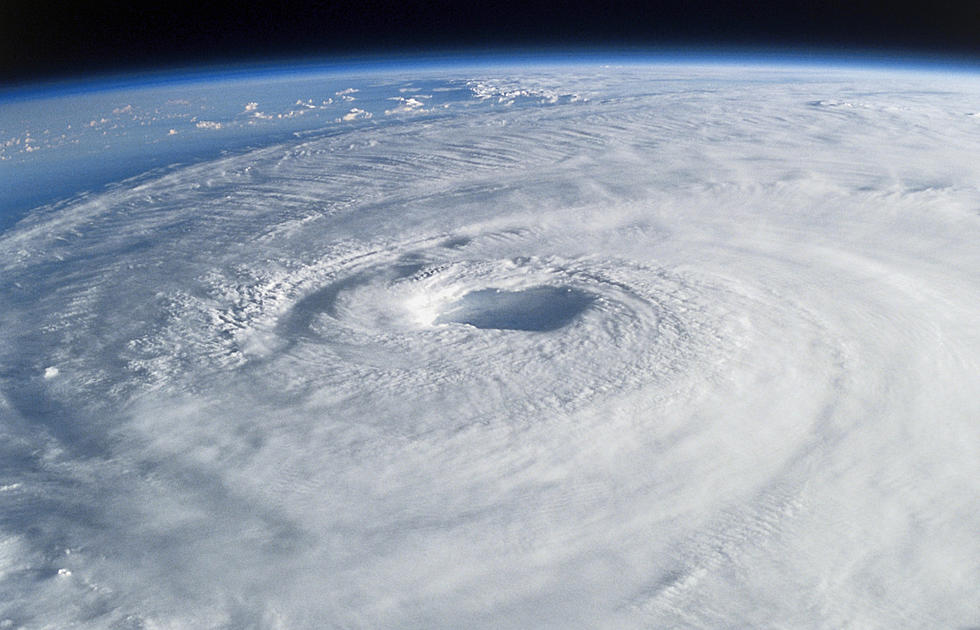
They’re Winging It for Shore Storm Relief
A C-210 filled with cereal wings in from Indiana in the morning, and within hours families in the Toms River storm shelters are eating. A Baron G-58 filled with coats arrives from Ohio and shore storm outcasts are suddenly fending off the winter's chill.
Such are the stories of private pilots who have been flying supplies to the Jersey Shore since Sandy left her destructive path.. and have flown aid to disaster-stricken spots since Hurricane Katrina. Once just a loose aggregation, they're now organized as a 501-C(3) nonprofit called AERObridge. They've been keeping the landing strips at Robert J. Miller Airpark in Berkeley Township and Lakewood Airport busy since Sandy swept through.
"This is just a caring community in aviation that wants to help out," says Jo Damato, director of the National Business Aviation Association, "whether it's a domestic or international crisis."
Damato says the concept arose after the onslaught of Hurricane Katrina on the Gulf Coast, and was sharpened during the Haitian earthquake of 2010. Pilots in companies that use small aircraft in their resource arsenal, as well as private operators, fill in space in their cargo holds and passenger cabins with desperately-needed goods that turn the entire country into a gigantic neighborhood relief effort.
And when planes aren't big enough, says Damato, they kick it old school. "There's one ambitious group out in Arizona," she enthuses. "They collected so many donations as part of the Arizona Business Aviation Association, they're sending two 26-foot Penske trucks to New Jersey."
But how do they know what to load onto their crafts? The rise of social media has super-charged the information flow, says Damato.
"If you think of where were were after Hurricane Katrina, that's an asset we just didn't have," Damato explains. "There are so many great, legitimate New Jersey Facebook pages that are available, where you can find out specifically what supplies are needed, where, a contact point. Of course the food banks have been fantastic, the Diocese of Trenton...really anyone who has a caring organization that's able to provide official information on what's needed has been our guide."
How long can the flyers sustain the complications of added cargo and logistics? Damato says, until local organizations are ready to go it on their own. "Relief organizations are obviously on the ground," she says. "They have an eye on the needs probably better than we do. Our formal airlift organization is going to slow down, but our members are still going to want to fly in supplies."
See more about the group at aerobridge.org. Visit the National Business Aviation Association at nbaa.org.
More From 92.7 WOBM








![On the Air During Hurricane Sandy [50 Memories in 50 Days]](http://townsquare.media/site/394/files/2018/02/GettyImages-168748739.jpg?w=980&q=75)
